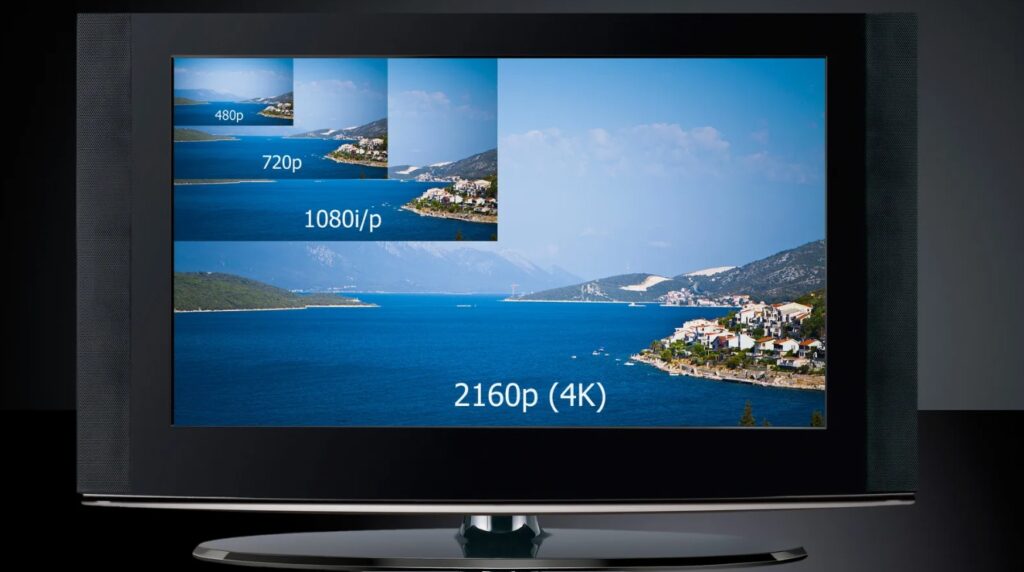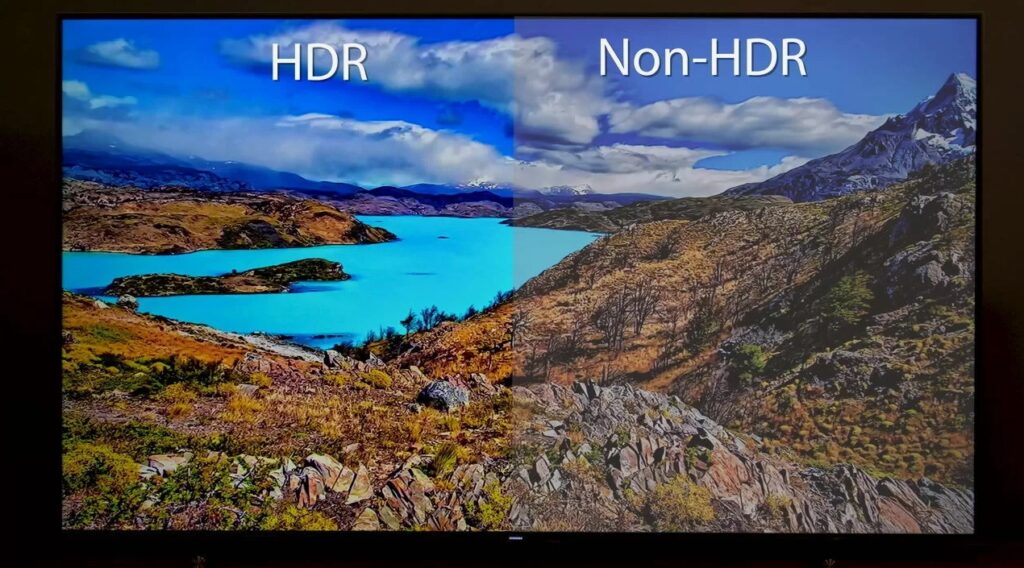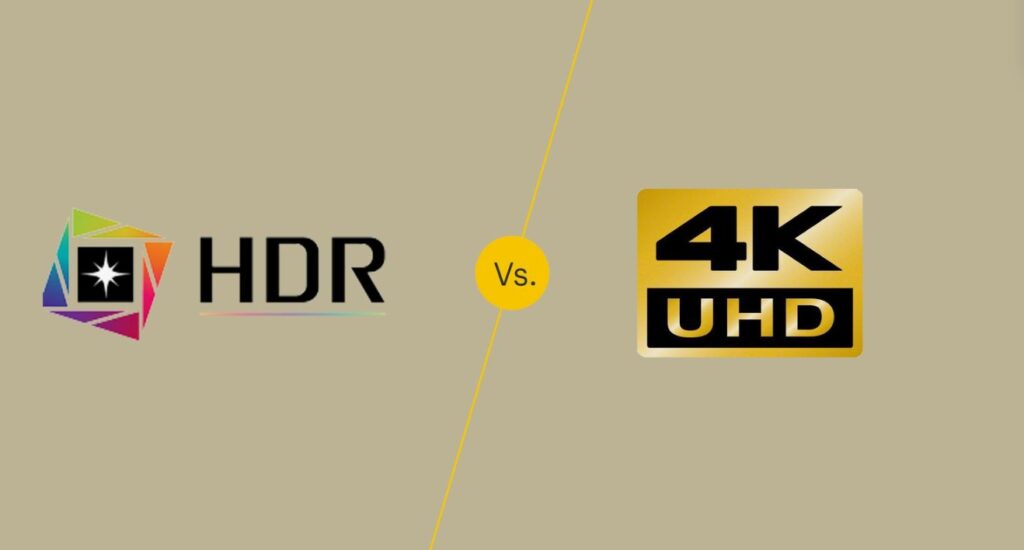Table of Contents
-
Why is it important to understand the difference between UHD and HDR?
-
What is UHD LED?
-
What is HDR LED?
-
UHD vs HDR: Which has a greater impact on picture quality?
-
Can UHD LED and HDR LED coexist?
-
Future Trends: Will UHD and HDR merge?
-
Conclusion: Choose the right technology to enhance visual value
In today’s “attention economy,” visual quality equals influence. Whether in cinemas, stage performances, mall advertising, or home entertainment, consumers and buyers are increasingly concerned about the performance of display equipment. Under this trend, UHD LED (Ultra High Definition) and HDR LED (High Dynamic Range) have become two of the most discussed technologies. But do you really understand the difference and connection between them? How should you balance your decision when making a purchase? This article breaks down the core points of these two hot technologies, helping you avoid common pitfalls and select the most suitable product.

1. Why is it important to understand the difference between UHD and HDR?
Current Market Trend: The Rise of 4K/UHD and the Evolution of HDR
In recent years, 4K/UHD resolution has become standard in mid-to-high-end TVs, while HDR technology has gradually moved from the high-end market into mainstream products. According to research firm Omdia, the global penetration rate of 4K TVs exceeded 70% in 2024, and HDR-compatible TVs are also growing rapidly in market share.
Common Consumer Misconception: Resolution ≠ Total Picture Quality
Many consumers believe that simply buying a 4K TV guarantees the best picture quality. In reality, resolution only affects clarity. HDR technology enhances brightness, contrast, and color accuracy, making the image closer to how we perceive the real world.
Key Market Development
-
UHD (Ultra High Definition) is now mainstream. 4K displays are increasingly used in LED screens, especially for large-scale outdoor advertising and conference displays.
-
HDR (High Dynamic Range) is spreading fast. Mainstream platforms like Netflix, Disney+, and Apple TV fully support HDR content.
-
More LED screens now support the combination of UHD + HDR, delivering immersive visual experiences.

2. What is UHD LED?
Definition of UHD
UHD (Ultra High Definition) refers to display resolutions significantly higher than traditional 1080p (Full HD), mainly including:
-
4K UHD: 3840×2160 pixels (mainstream standard)
-
8K UHD: 7680×4320 pixels (still in the adoption phase)
In the LED screen world, this translates to much tighter pixel pitches (e.g., P1.5, P0.9), especially suited for close-up viewing such as in meeting rooms or broadcast studio backdrops.
UHD LED Advantages and Applications
-
Conference Rooms/Studios: High resolution ensures precise image detail.
-
Mall Advertising: Capable of showing complex visuals like 3D ads and ultra-HD motion content.
-
Live Performances: Supports multi-screen splits, maintaining high resolution without distortion.

3. What is HDR LED?
Definition of HDR
HDR (High Dynamic Range) expands the range of brightness, contrast, and color depth. It makes the bright areas brighter, dark areas darker, and retains more image detail. What is the difference between HDR and SDR of LED displays?
Key Metrics for HDR Image Quality
-
Peak Brightness: Premium HDR TVs can reach over 1000 nits (standard SDR TVs are around 300 nits).
-
Contrast Ratio: OLED and Mini LED technology achieve nearly infinite contrast.
-
Wide Color Gamut: Supports DCI-P3 or BT.2020 standards, offering richer colors.
Common HDR Standards
-
HDR10: The most widely used and supported standard.
-
HDR10+: Includes dynamic metadata for scene-by-scene optimization.
-
Dolby Vision: Top-tier HDR with the most precise color and brightness rendering.
-
HLG (Hybrid Log Gamma): Mainly used for TV broadcasting.
UHD vs HDR: Key Differences
| Feature | UHD LED | HDR LED |
|---|---|---|
| Core Technology | Resolution (pixel density) | Dynamic range (brightness, color) |
| Main Improvement | Clarity | Color accuracy and contrast depth |
| Standalone Use | ✅ Yes | ✅ Yes |
| Coexistence | ✅ Yes | ✅ Yes |
In short: UHD helps you “see clearly”, while HDR makes things “look beautiful.”
4. UHD vs HDR: Which Has a Greater Impact on Picture Quality?
It depends on your application and viewing distance:
-
Large display or long-distance viewing: UHD is more important.
-
Movies, performances, close-range viewing: HDR provides more visible improvements in picture quality.
Best Choice: A combination of UHD + HDR offers the most balanced and enhanced image quality.

5. Can UHD LED and HDR LED coexist?
Absolutely! High-end TVs like the LG C3 OLED and Sony X95L support both 4K UHD and Dolby Vision. These technologies are complementary and work best together.
Use Case Comparison
Movie Watching
-
UHD Advantage: Great for nature documentaries and sports where detail matters.
-
HDR Advantage: Shines in films and dramas—better dark scene detail, skin tones, and lighting effects.
Gaming
-
UHD enhances image clarity, but requires strong graphics hardware and bandwidth.
-
HDR makes game visuals more lifelike, especially in action or sci-fi games with lighting effects.
Content Compatibility
Most major platforms like Netflix, Apple TV, and Disney+ now support HDR10 and Dolby Vision.
However, 4K content is more prevalent than HDR, so consider your content source when purchasing.
Buying Advice Based on Needs & Budget
| User Type | Recommended Configuration |
|---|---|
| Mid-range | UHD + Basic HDR (e.g., HDR10) |
| High-end | UHD + Dolby Vision (dynamic HDR) |
Buyer Warning Tips
-
Beware of fake HDR: Many devices only decode HDR but can’t actually display it.
-
Look for: Peak brightness ≥ 600 nits and ≥ 90% DCI-P3 color gamut.
-
-
Mind screen size & viewing distance: Small screens viewed from far away lessen UHD impact.
-
Rule of thumb: Best 4K viewing distance ≈ 1.5× screen height.
-

6. Future Trends: Will UHD and HDR Merge?
The answer is: They already are.
-
8K + HDR is the high-end trend. Brands like Sony and LG already offer 8K HDR LED displays.
-
Micro LED technology is emerging, allowing ultra-high resolution and HDR to coexist. Its self-emissive nature and high contrast make it a natural match for HDR. Here is Micro LED: a comprehensive overview.
7. Conclusion: Choose the Right Tech to Maximize Visual Value
UHD and HDR are not mutually exclusive, but complementary. If you want the ultimate viewing experience, prioritize a 4K + Dolby Vision setup. If you’re on a budget, 4K + HDR10 still offers a significant picture quality boost.
In the end, match your choice to your usage scenario and content preferences. That’s how you make the most of every dollar spent. When purchasing, consider the application, budget, and content platform compatibility to choose the LED display solution that truly fits your needs—and delivers real visual impact.
References:





